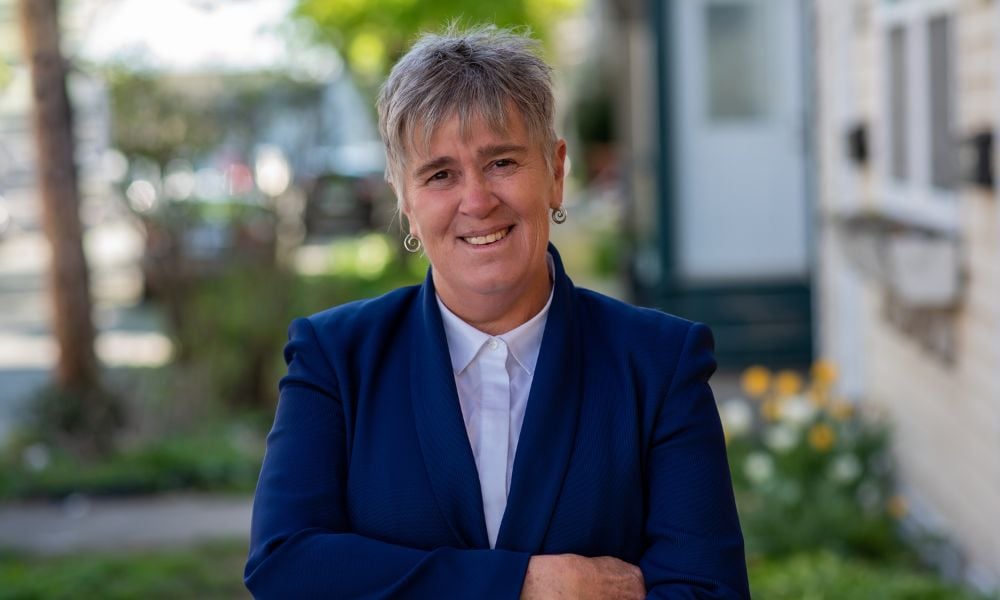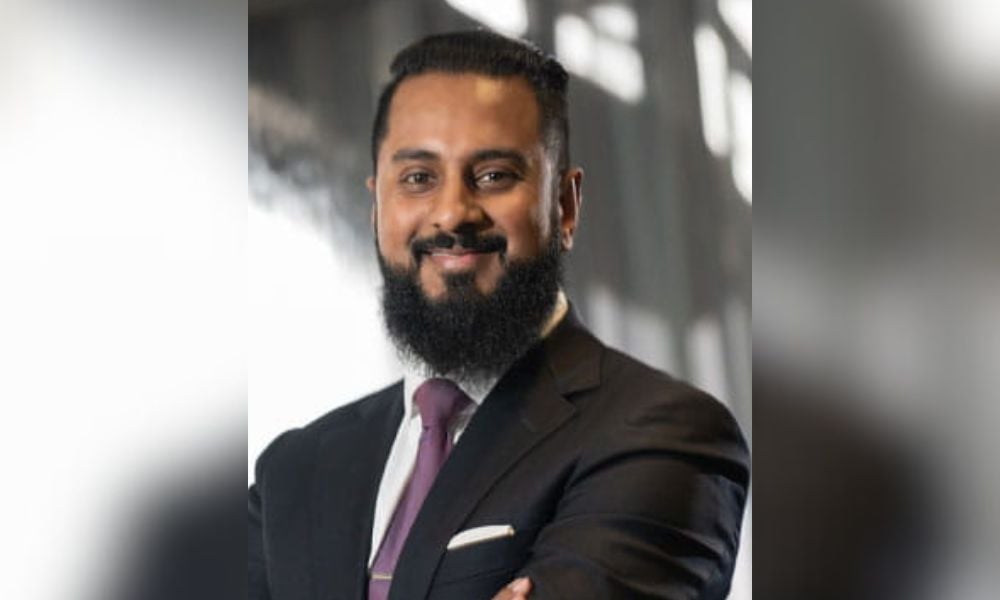Laurie Stephenson looks back on her entry into the industry, and the doors that have opened for the community since then

With a career in the industry going back to 1989, Laurie Stephenson has distinguished herself as an industry veteran and trailblazer. With a philosophy of quiet leadership, she has forged a path for many others in the industry by being an early representative of the LGBT community in the financial services industry.
“From the get-go, it was really important for me to be out because I realized representation does matter,” says Stephenson, who is a financial planner at Starboard Wealth Planners in Nova Scotia.
“A word people often use describe me is ‘authentic’ … I have been hearing it a lot this year. I say what I think,” she says. “Recently I was nominated for the Women’s Executive Network Top 100 Award; the theme is ‘Live Your Truth.’ I have done that, and I think certainly I’ve had an impact on other advisors and clients, LGBT and straight.”
Looking back, Stephenson recalls her journey as often a lonely one. When she began her career, there weren’t many women in the financial services space, let alone members from the LGBT community. Her path into the world of financial advice was also far from conventional.
“I actually wanted to go into publishing as a writer or an editor,” she says. “When I graduated from university, I had two English degrees, so people weren’t really beating down my door to offer me a job.”
Stephenson’s career took a fateful turn when a manager from London Life picked up her resume. After meeting with him several times, she decided she could work as an advisor for a year. But as time passed, she realized how much she enjoyed the entrepreneurial aspect of the business. Beyond that, she relished the challenge that came with the “smart work” of holistic financial planning, as well as the opportunity to learn about people and make a difference in their lives.
Even in the beginning, she envisioned herself as an advisor for women and the community. But she found it challenging to break through to both client segments.
“I'm not sure whether that was because people thought I had sold out by going to the corporate side, or because there was such distrust of our industry,” Stephenson recalls. “The sense I got from prospective clients was that ‘If we start working with you, and you don’t make it in the industry, who are we going to be stuck with?’”
Today, she estimates around 20% of her clients are LGBT – higher than the average across Canada, but still very much a minority. Most of her clients are referrals, and together they determine whether they’re a good fit. Values alignment is a key factor, Stephenson says, especially as her practice is focussed on building long-term client relationships.
“We are interested in getting people’s financial planning right, whether that is tax-planning, responsible investment or philanthropy,” she says. “The more comfortable and trusting you feel of your advisor, the easier that is.”
Over the decades, her planning approach for people in the community – which includes herself and her partner – has gotten significantly easier. She recalls how in the beginning, she had to use workarounds to get closer to the same planning tools that the vast majority of Canadians took for granted, particularly when it came to spousal benefits.
“In 1993, my partner went back to grad school, and I was left as the sole breadwinner. I couldn’t do a spousal RRSP because we weren’t recognised as common-law and we couldn’t get legally married,” Stephenson says.
“Planning was more costly for queer people across the country: we had to do our wills differently, and we were not usually allowed to be on our partners’ benefits plans. We had to do our powers of attorney differently so that our relationships would be recognized. We had to call our spouses friends when we were naming them as beneficiaries on our life insurance. We had to pay more taxes. We couldn’t income split. We were not eligible for our spouse’s pensions or for RRSP rollovers on death. I have had some people argue that you could have two principal residences, but few people would have been able to afford that unless they were further along in their wealth building journey when I began in this career.”
“I didn't think gay marriage would happen in my lifetime. So I'm super excited to see all these changes,” Stephenson says. “We’ve come a long way.”
More broadly, she appreciates the great gains in acceptance and recognition the community has made, though there’s still much to be done. Like many others, she feels a twinge of cynicism when companies who were far from being allies before now wave rainbow flags during Pride Month. She also worries about what the persistence of hate and discrimination against the community could mean for the next generation.
“According to the latest federal census, there’s a huge preponderance of LGBT people in Canada today who are under 18,” she says. “In lots of ways, I worry about our LGBT kids. Are they going to be ok? Will they be able to make enough money? Will insurance companies take care of people in the trans community?”
To that point, Stephenson maintains that there’s an advisor for everyone, and the financial industry needs to work much harder to recruit more diverse people. Over the course of three decades in the business, she’s worked with clients from so many walks of life who are excited to find a professional who can connect with them, and provide a “safe, warm place to land” as they seek advice and guidance.
“I'm so hopeful that 30 years from now, we won't even be having these conversations,” she adds. “I hope someday people won't be so messed up about gender, whether someone’s queer or not queer, or whatever it is … I hope that we can all just be people.”



